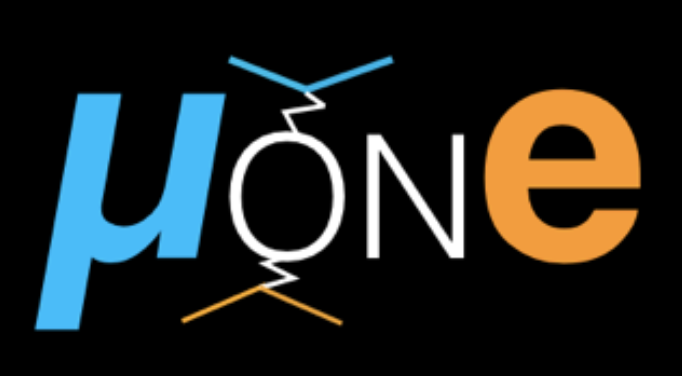PageContent
The MUonE project
(MUon ON Electron elastic scattering)
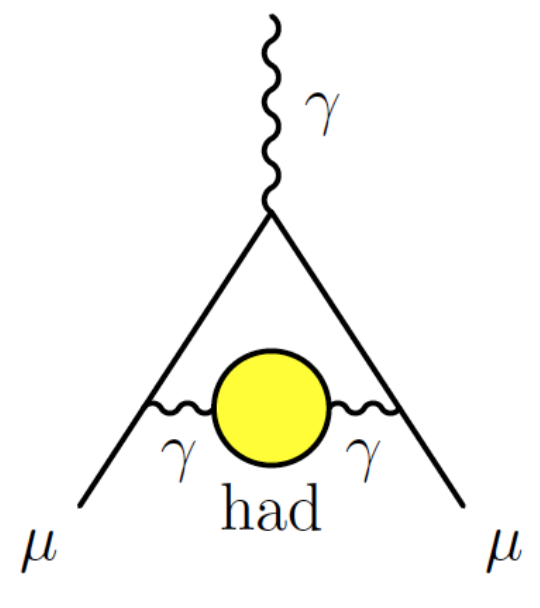
The MUonE experiment aims at a completely independent and very precise measurement of the leading hadronic contribution to the muon magnetic moment, achievable with a novel method, as proposed in Eur.Phys.J. C77 (2017) 139.
The muon magnetic moment is one of the most precisely measured quantities (better than one part per billion). It is also calculable with extremely high precision in the Standard Model, hence it constitutes one of the most stringent tests of the theory. For the last twenty years the reference BNL measurement has been pointing to a significant discrepancy from the theory prediction. Recently the first result from the FNAL g-2 experiment has confirmed the previous measurement, and their combination brings to 4.2σ the deviation from the Standard Model prediction.
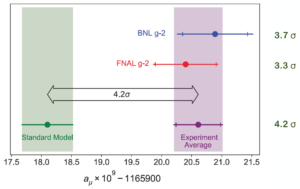
There are hypotheses trying to explain this deviation as a quantum effect of new exotic particles, however it is still possible that it result from a systematic error in the theoretical calculation. The largest error source is related to the evaluation of the hadronic contribution to the vacuum polarization, which is not calculable in perturbation theory. The current approach employs a large number of measurements from several different experiments to extract this contribution by a sophisticated combined fit. In contrast, a recent ab initio Lattice QCD calculation weakens the discrepancy with the measurement, and is in tension with the data-driven estimate. In the next years the FNAL experiment aims to increase the precision by a factor of 4, while another forthcoming experiment at J-PARC should reach a similar precision, so that the theory calculations should be improved accordingly.
In this scenario the MUonE project was conceived, and Bologna played a key role in the original proposal. The idea was first presented at the workshop “Physics Beyond Colliders”, held at CERN in late 2016, and published in the European Physical Journal C soon after.
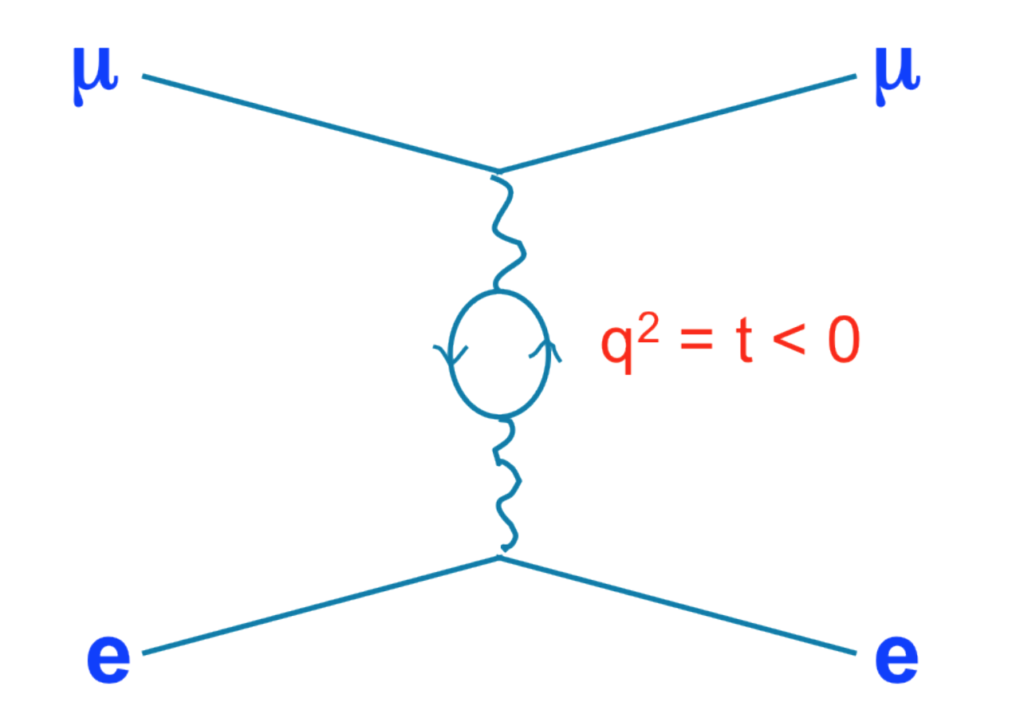 Basically one needs to measure, with an unprecedented precision, the shape of the differential cross section of μ-e elastic scattering, using the intense muon beam available at CERN, with energy of 160 GeV, off atomic electrons of a light target.
Basically one needs to measure, with an unprecedented precision, the shape of the differential cross section of μ-e elastic scattering, using the intense muon beam available at CERN, with energy of 160 GeV, off atomic electrons of a light target.
The proposed apparatus is a sequence of detection stations, each one made of a passive element serving as target and active planes made of silicon microstrip detectors for tracking, with length of 1 meter and transverse dimensions of about 10 cm. The layout foresees an array of 40 such stations, followed by an electromagnetic calorimeter and a muon detector at the end.


Following studies were carried out by both simulations and beam tests at CERN. A first beam test in 2017 was devoted to the study of the multiple scattering on the material, which affects the observable angles of the measured tracks. Its results have been published in the Journal of Instrumentation. A second test, conducted in 2018, was devoted to the study of elastic events and is published in arXiv:2102.11111.

The basic unit chosen for the detector is the module developed by the CMS collaboration for the upgrade of their Outer Tracker. These sensors, together with their trigger and readout electronics, are found to have adequate specifics.
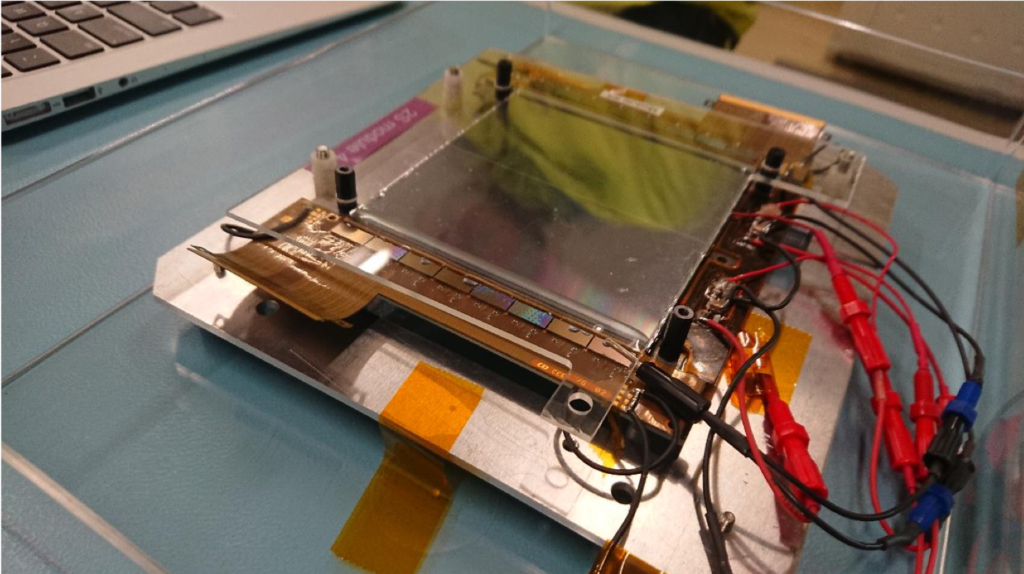
The MUonE project was submitted for approval to the CERN SPS Committee with the Letter-of-Intent presented in June 2019.
CERN has approved a Test Run to be done at the end of 2021, which will be carried out with a couple of tracking stations and a prototype for the calorimeter.
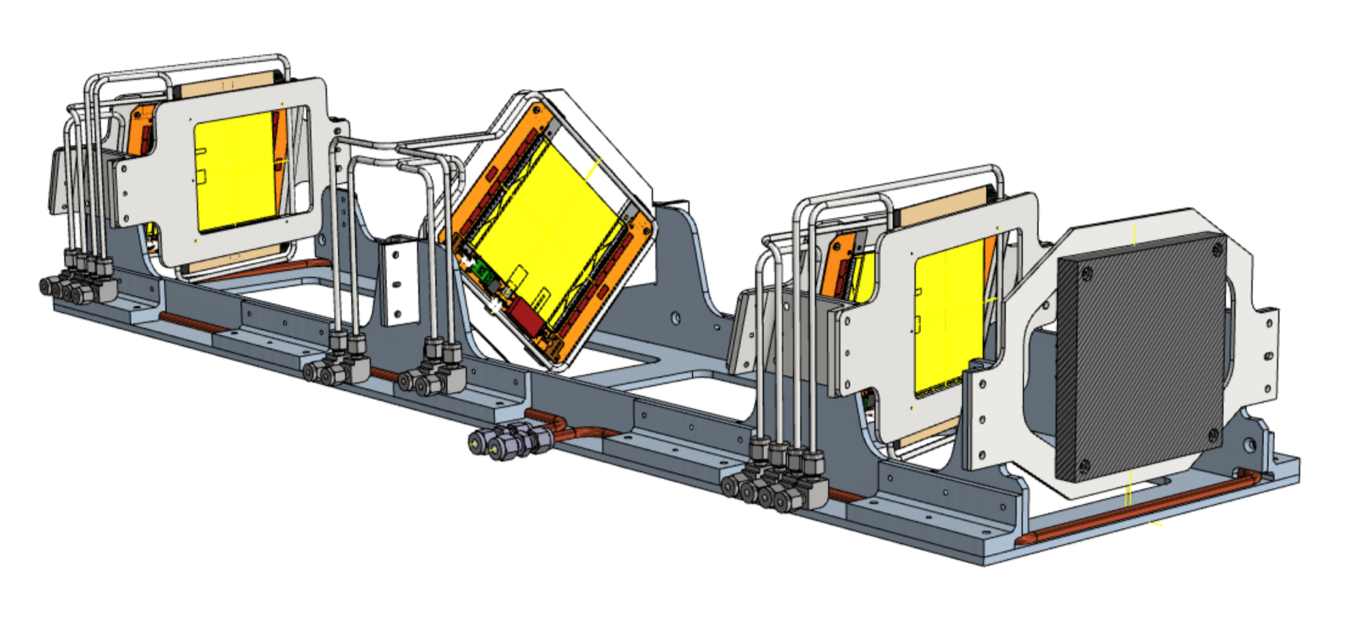
Currently the Italian component is the largest in MUonE (Bologna, Pisa, Milano Bicocca, Padova, Perugia, Trieste), as a consequence of the all-Italian origin of the enterprise, but the project is an international one: as of today English, Polish, American, Russian and Greek colleagues are active members, besides CERN colleagues. The collaboration is growing up and organizing its structure to be ready for the forthcoming challenges. In addition the involved Italian theorists are genuinely part of the enterprise (in particular our colleagues from Padova and Pavia), besides theorists from European institutions.
The Bologna group includes:
INFN: Giovanni Abbiendi, Umberto Marconi
UniBO: Domenico Galli, Claudia Patrignani



